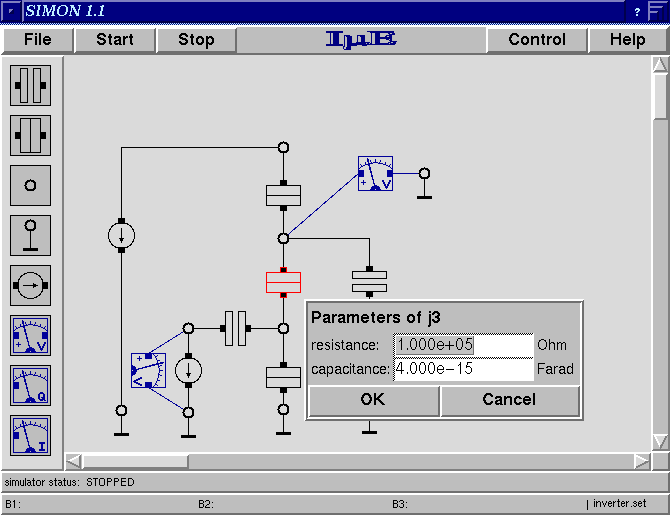
Figure 2: A screen shot of the graphical circuit editor of SIMON
SIMON is based on a Monte Carlo (MC) method where the free energy before and after any particular tunnel event determines the tunnel rate [1]. Among all possible events one is chosen, according to the computed probability distribution, as the winner, which is taken as the actual happening event. By simulating many tunnel events the macroscopic device characteristics are obtained.
A graphical circuit editor shown in Fig. 2, which is embedded in a graphical user interface, guarantees easy use and quick circuit design.

Capacitors, tunnel junctions, constant voltage sources, piece-wise linearly time dependent voltage sources, and voltage-controlled voltage sources can be arbitrarily connected. One may choose between transient and stationary simulation modes and decide upon the order of co-tunneling which should be included in the simulation. SIMON has no a priori limitations on the number of tunnel junctions or circuit nodes and features a hash-table accelerated algorithm which results in five to ten times quicker simulations than conventionally implemented algorithms. For further details of our implementation refer to [4] [5]. Only few publications deal with the simulation of single-electron devices. N. Bakhvalov et al. [1] was the first to follow a MC approach, and E. Ben-Jacob et al. [6] suggested a Master Equation (ME) method, as an appropriate technique applicable to single-electron devices. From time to time simulation results were published [7] [8] [9], but implementation details, limitations and assumptions of employed simulators were not always obvious. S. Roy explained in more detail his MC analysis tools [10] which were developed from the study of linear arrays of tunnel junctions. He briefly explains an interesting semi-automatic approach to determine stable and instable regions of zero temperature operation. L. Fonseca et al. developed a ME simulator called SENECA which is explained in [11]. They focused especially on co-tunneling and how to simulate it correctly and efficiently. M. Kirihara et al. [12] describe briefly the MC simulation method and give simulation results of basic logic circuits. H. Fukui et al. [13] and S. Amakawa et al. [14] also focused on logic circuits and studied in particular single-electron inverters including co-tunneling. They developed similar tools to the one S. Roy describes, namely the calculation of stable and instable operation regions for zero temperature and a MC simulator. R. Chen developed the single-electron MC simulator MOSES which is described briefly in [15], but which does not feature the simulation of co-tunnel events.